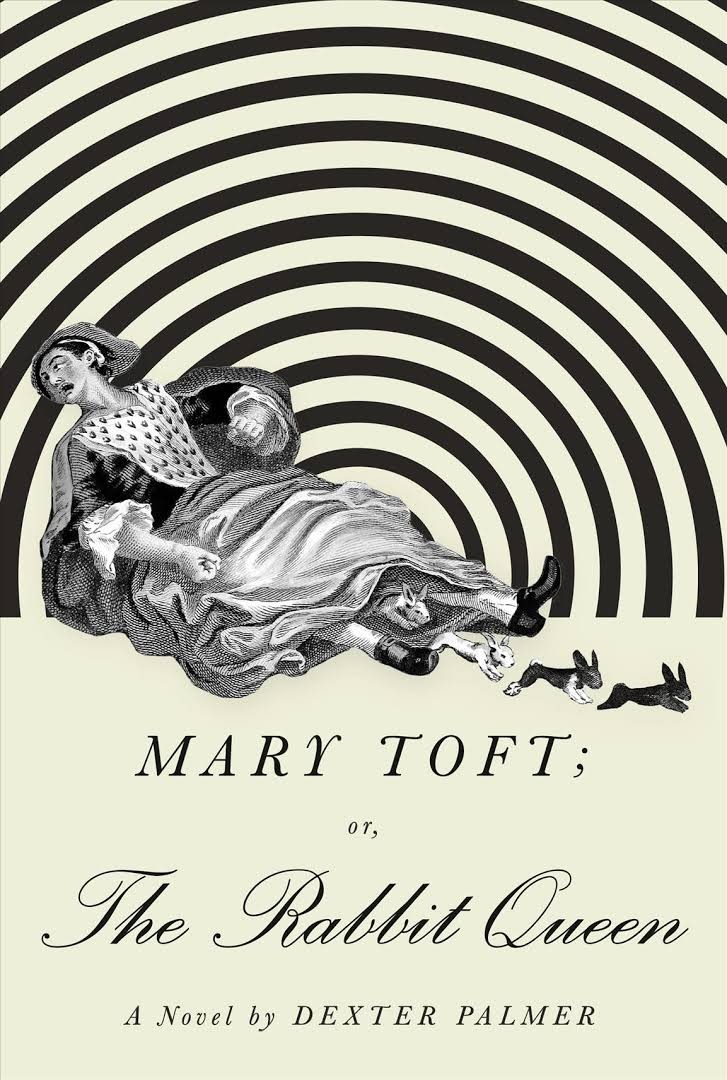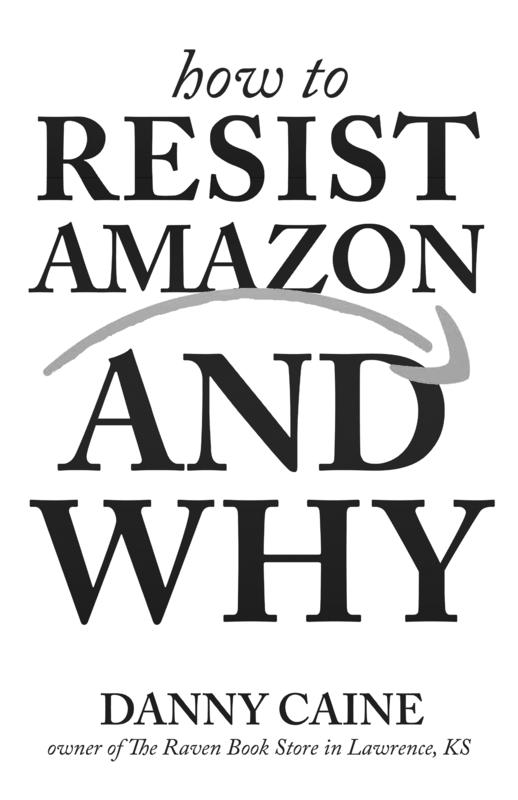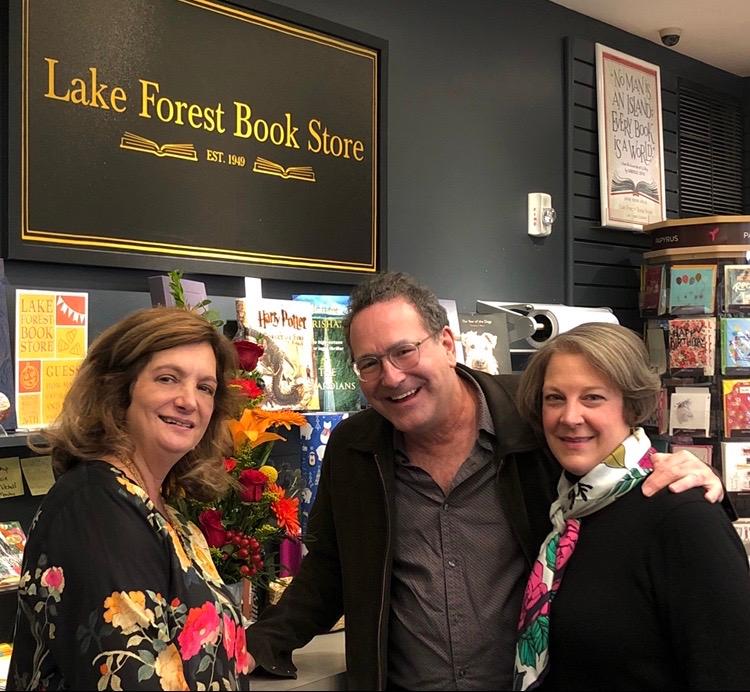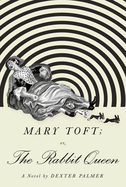 "Is truth... a matter of consensus, subject to debate, subject to alteration?" Mary Toft; or, The Rabbit Queen by Dexter Palmer (Version Control) follows a woman who, implausibly, gives birth to rabbits and who, as she struggles to control the narrative of her own body, serves as a challenge to the beliefs of a patriarchal society.
"Is truth... a matter of consensus, subject to debate, subject to alteration?" Mary Toft; or, The Rabbit Queen by Dexter Palmer (Version Control) follows a woman who, implausibly, gives birth to rabbits and who, as she struggles to control the narrative of her own body, serves as a challenge to the beliefs of a patriarchal society.
In 1726, in the village of Godalming, England, surgeon John Howard and his apprentice, Zachary, attend to a woman giving birth. Horrifyingly, bloody rabbit parts emerge instead of a child. Howard, a sensible man, can't believe what he's witnessed. And yet, he saw this event with his own eyes. Mary continues to birth rabbit pieces every few days. If "every woman carries within her the capacity to be the conduit for one of God's miracles," then it stands to reason that offspring who are less than a perfect representation of God reflect poorly on the mother's inner soul. Thus, presuming that Mary is imperfect in the eyes of God, Howard confers with London surgeons, who soon arrive with an overblown sense of their ability to "cure" her.
Mary Toft is the subject of the story, but her voice is rarely heard. Her life and her body are contextualized by men around her, who profess an understanding that they don't have. When Mary speaks, briefly, her frustration is clear. As she says ruefully, "The spaces inside women are meant by God for so much more that women's ownership of them is clearly only ever provisional." Howard's wife, Alice, scoffs at Mary's story from the beginning, considering her "an outright fraud." Predictably, Alice's intimate knowledge of how a woman's body works is brushed aside by the surgeons who, they claim, know more about women's physiology than she does.
The doctors bring Mary, now gravely ill, to London for observation. Their competition to explore and explain the rabbit births ignores the woman at the center. Londoners hold vigil outside her residence, excited by the freakish drama. Everyone seems more than willing to believe this impossible tale. It doesn't take long, however, for questions to arise, leading one skeptic to observe, "the false belief gains a greater purchase because of the accumulated authority of those who profess to believe, or whose silence is perhaps too eagerly read as consent." Howard, who has accompanied Mary, struggles with his involvement in this increasingly grim spectacle. He says about himself, "Something profound must happen in the mind to convince a man to distrust the common sense acquitted over decades." Sensing that Mary will be sacrificed for the surgeons' egos, he privately implores her to "shape another history.... You have that power, but only for a few hours longer.... Then all the men will enter, and we will begin again."
This is a suspenseful, thought-provoking narrative that pairs well with dystopian fiction such as The Handmaid's Tale, and raises uncomfortable questions about women's lack of control over their bodies--which, unfortunately, seems unchanged over the centuries. --Cindy Pauldine, bookseller, the river's end bookstore, Oswego, N.Y.
Shelf Talker: This historical fiction features a woman who stuns the medical community by giving birth to dead rabbits, causing those around her to question the intersection of truth and beliefs.




SHELFAWARENESS.1222.S1.BESTADSWEBINAR.gif)


SHELFAWARENESS.1222.T1.BESTADSWEBINAR.gif)
 With the
With the  The
The  Microcosm Publishing has reached an agreement with Danny Caine, owner of
Microcosm Publishing has reached an agreement with Danny Caine, owner of  From My Shelf Books & Gifts
From My Shelf Books & Gifts IPG held its annual Halloween party and costume contest earlier this week and the crew did not disappoint! Here's the marketing department as Scooby-Doo and the Gang, on Scooby-Doo's 50th anniversary.
IPG held its annual Halloween party and costume contest earlier this week and the crew did not disappoint! Here's the marketing department as Scooby-Doo and the Gang, on Scooby-Doo's 50th anniversary.
 Commonplace Books
Commonplace Books Dead Girls
Dead Girls "Is truth... a matter of consensus, subject to debate, subject to alteration?" Mary Toft; or, The Rabbit Queen by Dexter Palmer (
"Is truth... a matter of consensus, subject to debate, subject to alteration?" Mary Toft; or, The Rabbit Queen by Dexter Palmer (